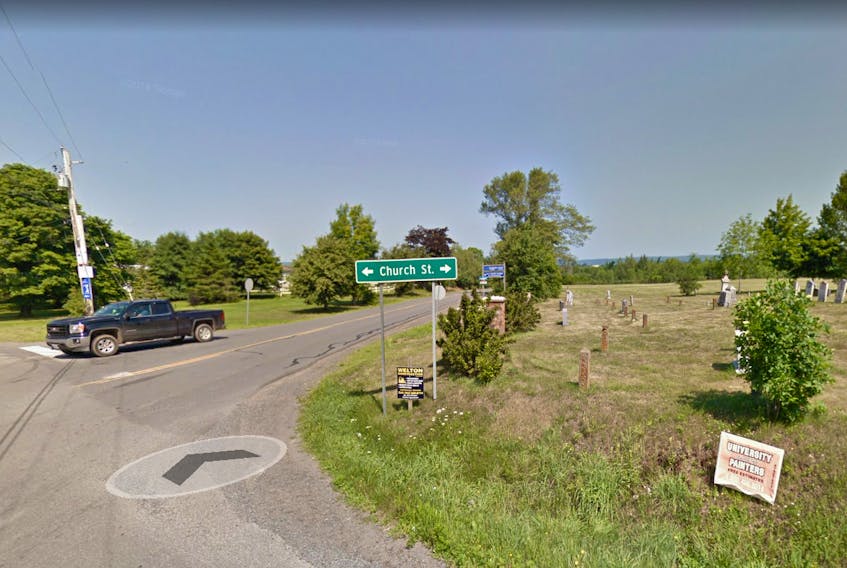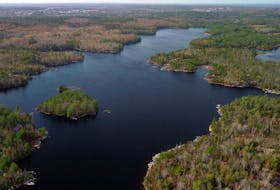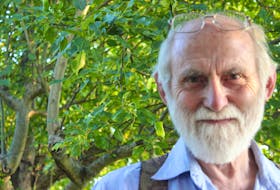KENTVILLE, N.S. — To most people, Church Street is just that, a street a few miles north of Kentville that was named after a church built there in earlier times.
However, Church Street is a community and is recognized as such in Place Names and Places of Nova Scotia. This book, compiled by Charles Bruce Fergusson and published in 1967, says that Church Street “was so named from Church and Glebe lands on which St. John’s Anglican Church was built.” As early as 1855, Church Street had a postal way station and a school by 1836, all of which established it as a community and not just another county street.
Fergusson ignores the possibility that it was the Acadians who first built a church on the road that eventually became Church Street. This is the accepted folklore.
Now, let’s take Middle Dyke Road, which crosses Church Street. This road runs north towards the Canard River and through the heart of what once was a thriving Acadian settlement; like Church Street, the origin of its name seems obvious – that it was so named because it ran through the middle of the dykes.
as with Church Street, there’s more to the story of how Middle Dyke Road was named. It’s an interesting tale summed up in an autobiography written by Robie Lewis Reid.
I’ve written about Reid here before, about his finding evidence in Steam Mill of an Acadian aboiteau on a tributary of the Canard River. Reid was an officer of the courts in British Columbia, where as a noted author and historian he had a mountain named after him. He was born on a farm in Steam Mill in 1866 and lived until 1945. In his late years, Reid decided to write about growing up here and he included some of the early history of this area.
On Church Street, Reid writes that “this was the main road through the district (Cornwallis township) running east and west. The grantees of the township were almost all New England Congregationalists, but the government officials in Halifax were Episcopalians. Accordingly, an Episcopal Church was established on this road with Glebe land of six hundred acres and school land of 400 acres. For this reason, the road was known as Church street.”
In explaining how Middle Dyke Road received its name, Reid wrote that it had its origin with dykeing by the Acadians. “On the Canard River the first dykes were built on small tributaries. Then the French built a dyke across the river on the line of what is now the Upper Dyke Road from Kentville northerly. Later, they built another dyke a short distance down the river. As other dykes were built below, this second road, which followed the dyke, became known as the Middle Dyke road.”
What Reid fails to mention, as Fergusson did, is that Church Street originally was a Mi’kmaq trail that the Acadians utilized – as I mentioned, there’s also a very good possibility that the Acadians built a church along the road. In other words, Church Street and Middle Dyke Road have Mi’kmaq, Acadian and Planter connections and are indeed historical, a fact we overlook when we motor over these streets.
As for other roads and streets around here, how they became named is sometimes obvious. Take the use of “Cornwallis” and its connection with the founder of Halifax, for example.
On the other hand, the origin of many road and street names is obscure. One example is Brooklyn Street, which over the past two centuries was known by two and, maybe even three, different names. Why we finally settled on Brooklyn Street, and who made the decision to so name it is a mystery.









